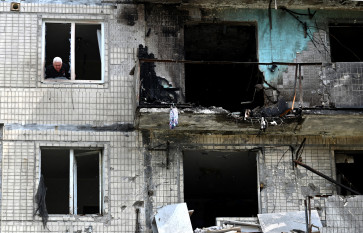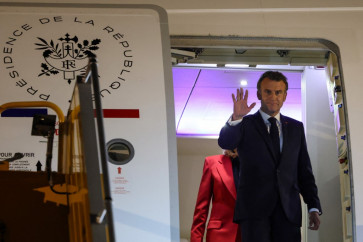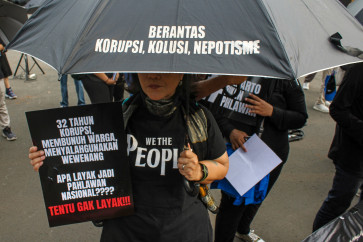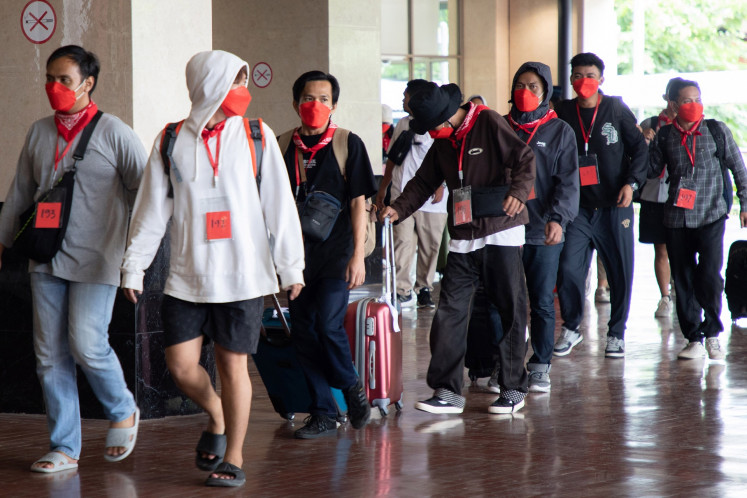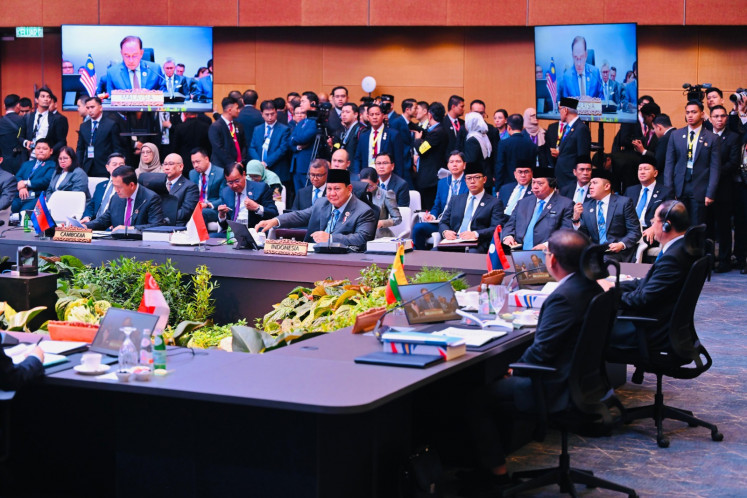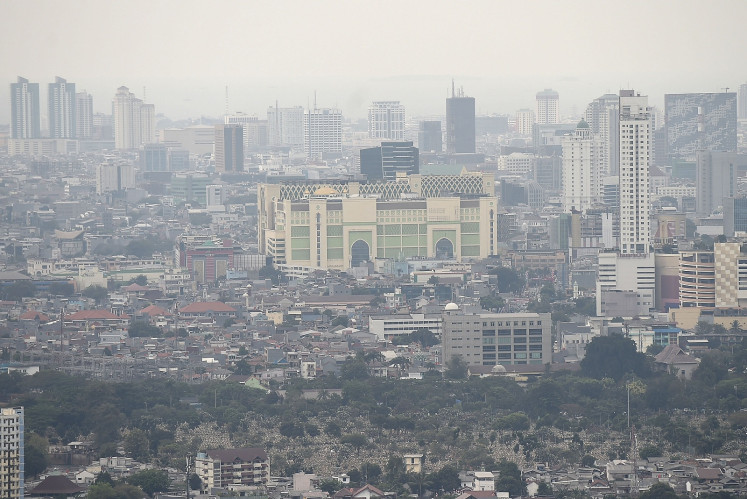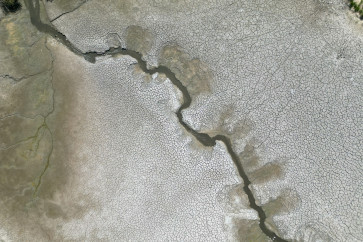What’s eating Europe’s food system?
As value creation shifts away from producers, profits are increasingly concentrated among a few powerful processors and retailers.
Change text size
Gift Premium Articles
to Anyone
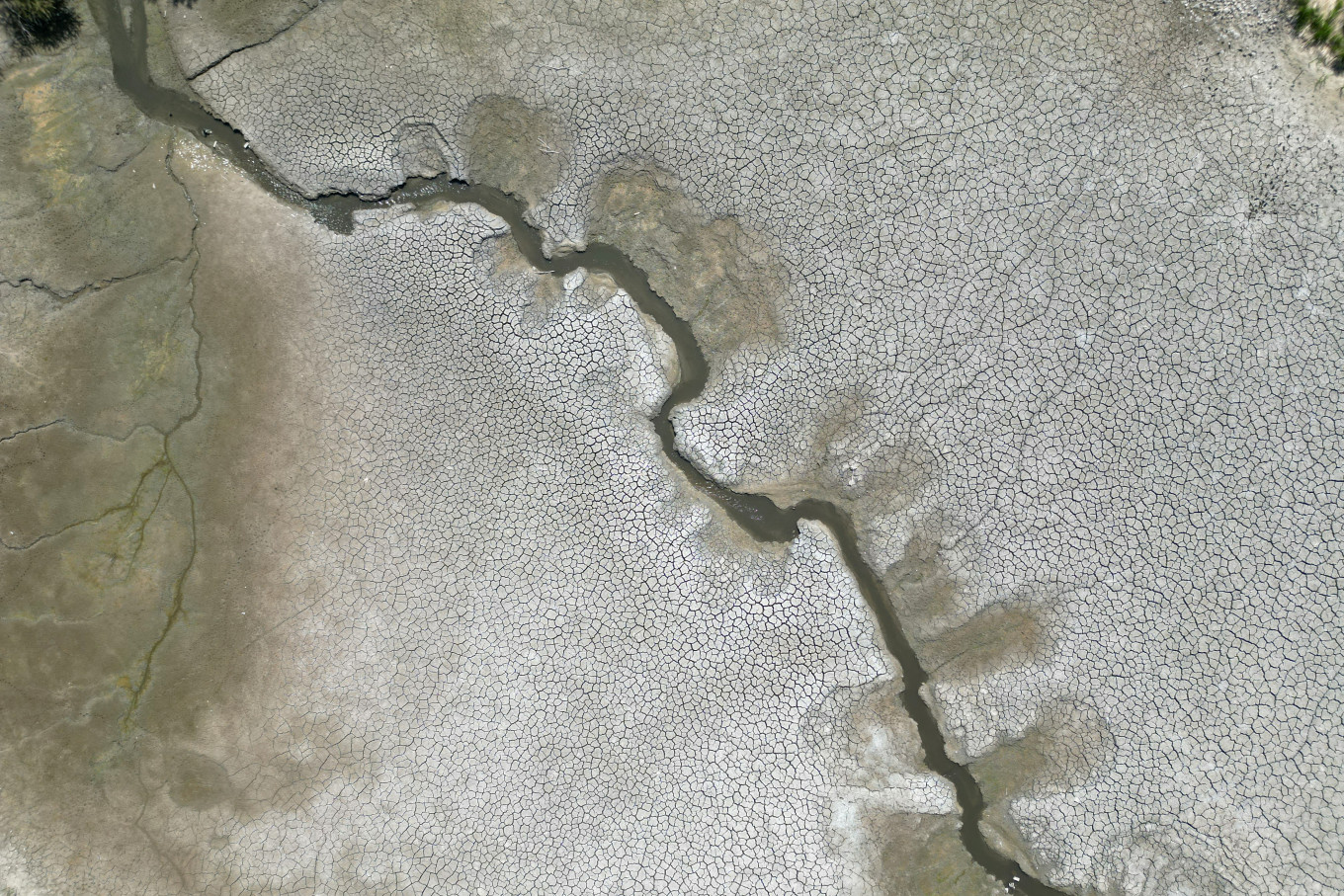 This aerial photograph taken on May 14 shows an almost dry pond near Oud-Heverlee, Belgium. (AFP/Nicolas Tucat)
This aerial photograph taken on May 14 shows an almost dry pond near Oud-Heverlee, Belgium. (AFP/Nicolas Tucat)
F
ood prices have surged in recent years across the European Union. In March 2023, food price inflation hit a record high of 15 percent. In Germany, consumers are paying nearly 30 percent more for food than they did in 2021, even though energy and production costs have declined.
Some economists have attributed this to food processors and retailers reaping windfall profits at the expense of low-income households. Meanwhile, the share of retail food prices reaching farmers keeps shrinking. German producers, for example, received just 21.7 percent of retail prices in 2021, and this figure continues to decline. The fall in farmers’ share of bread prices is a striking example: in 1970, farmers earned 19.2 percent of the shelf price. By 2022, that share had plummeted to 5 percent.
Milk producers face similar challenges. Between 2014 and 2024, milk prices consistently failed to cover rising production costs. As a result, many farms operate at a loss and depend on subsidies to survive.
Farmers are expected to produce high-quality food while also providing, often under burdensome bureaucratic requirements, environmental, climate and animal protection. But as value creation shifts away from producers, profits are increasingly concentrated among a few powerful processors and retailers.
The widespread farmers’ protests of early 2024 revealed deep-rooted frustration across the EU’s agriculture sector. But the political response was underwhelming. Under pressure from conservative and liberal factions, the bloc’s Common Agricultural Policy was rapidly stripped of environmental standards, amounting to a powerful blow against the CAP’s already-fragile ecological pillar. Meanwhile, the core issue, ensuring fair prices along the value chain, has not been sufficiently addressed.
Fortunately, the issue of fair pricing in agriculture is finally gaining political traction. The EU is now revising both its Unfair Trading Practices Directive and the Common Market Organization rules. These reforms are the result of the Strategic Dialogue on the Future of EU Agriculture, a policy forum launched by European Commission President Ursula von der Leyen in 2024, which brought together a broad coalition of stakeholders. The EU’s Agriculture Commissioner Christophe Hansen has incorporated parts of its recommendations into his policy agenda.
But fixing Europe’s broken food supply chain requires more than cosmetic changes. Prices must be set from the bottom up, which implies four key reforms, starting with the enforcement of contractual obligations. Dairy farmers, in particular, often deliver their products without knowing the price, an arrangement that would be unthinkable in most other sectors.


